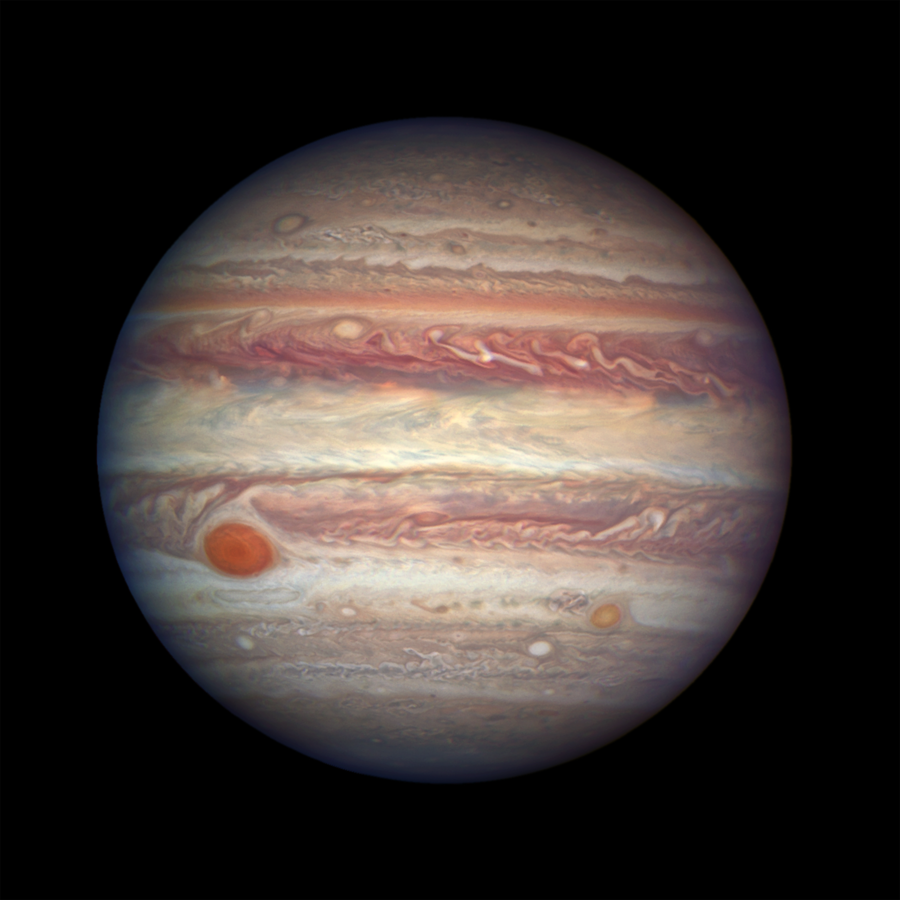Dinner time rolls around and you’re starving. You’re just waiting for that delicious plate of food to arrive so you can dig in. However, dinner time in the solar system looks a little bit different. The planet Jupiter doesn’t eat takeaway on a regular basis, but it is ravenous for other planets. Jupiter has a history of munching up smaller planets to feed its gaseous self.
Sitting at over 300 times the size of the Earth, Jupiter has quite the appetite. Though it was one of the first planets to form within the solar system, its history remains elusive. So far, Jupiter has been difficult to take samples from and view, as the planet is surrounded by thick clouds. However, in June 2022 researchers published some incredible new information in the Journal of Astronomy & Astrophysics. Scientists working with NASA’s Juno space probe were finally able to take gravitational data from Jupiter and get a closer glimpse of its interior.
“Since Jupiter is a gaseous planet, satellites and probes are unable to land on its surface; just like smaller planets, these devices would also be swallowed whole.”
To tackle this dilemma, leading expert scientists worked around this problem using computer models based on data points taken by the Juno space probe about Jupiter’s gravitational field at different points around its surface. These models showed that Jupiter’s rocky core contained high amounts of heavy elements such as nitrogen, sulphur, argon, krypton, carbon, and xenon. For researchers, this abundance of heavy elements suggests that Jupiter has been consuming smaller planets or planetesimals, which has greatly contributed to its vast growth.
Today, two main theories dominate the astrophysics world regarding Jupiter’s formation. The first hypothesis, the “pebble-accretion theory”, states that Jupiter initially consumed large amounts of small “pebbles” to form its rocky centre – these so-called pebbles in reality being the size of boulders. According to the theory, this accumulation of boulders allowed for the formation of its rocky core; however, when the Juno probe computer model results were published, scientists were baffled by the significant presence of heavy elements in Jupiter’s core, evidence that contradicted the pebble-accretion hypothesis. Therefore, a second theory was born, proposing that Jupiter initially whet its appetite by consuming rocky materials from planetesimals.
“From there, it moved on to the main course of consuming helium and hydrogen gas from vast distances, thus making the planet into the giant it is today.”
Much more research has to be done in order to fully understand Jupiter’s origins and get to the bottom of its celestial cannibalism. For now, a firm warning can be issued to other planets: don’t mess with Jupiter or you might get eaten up!






